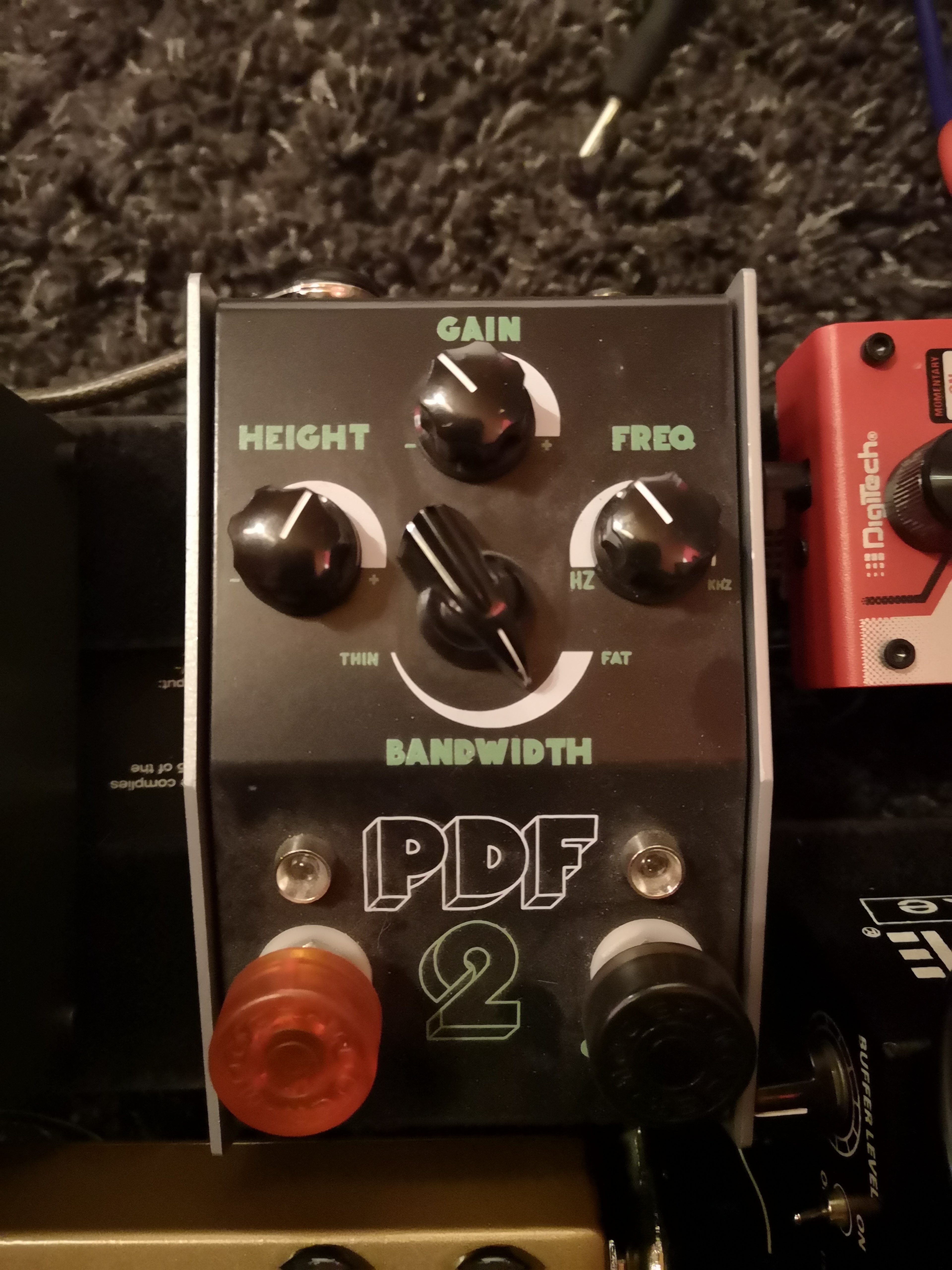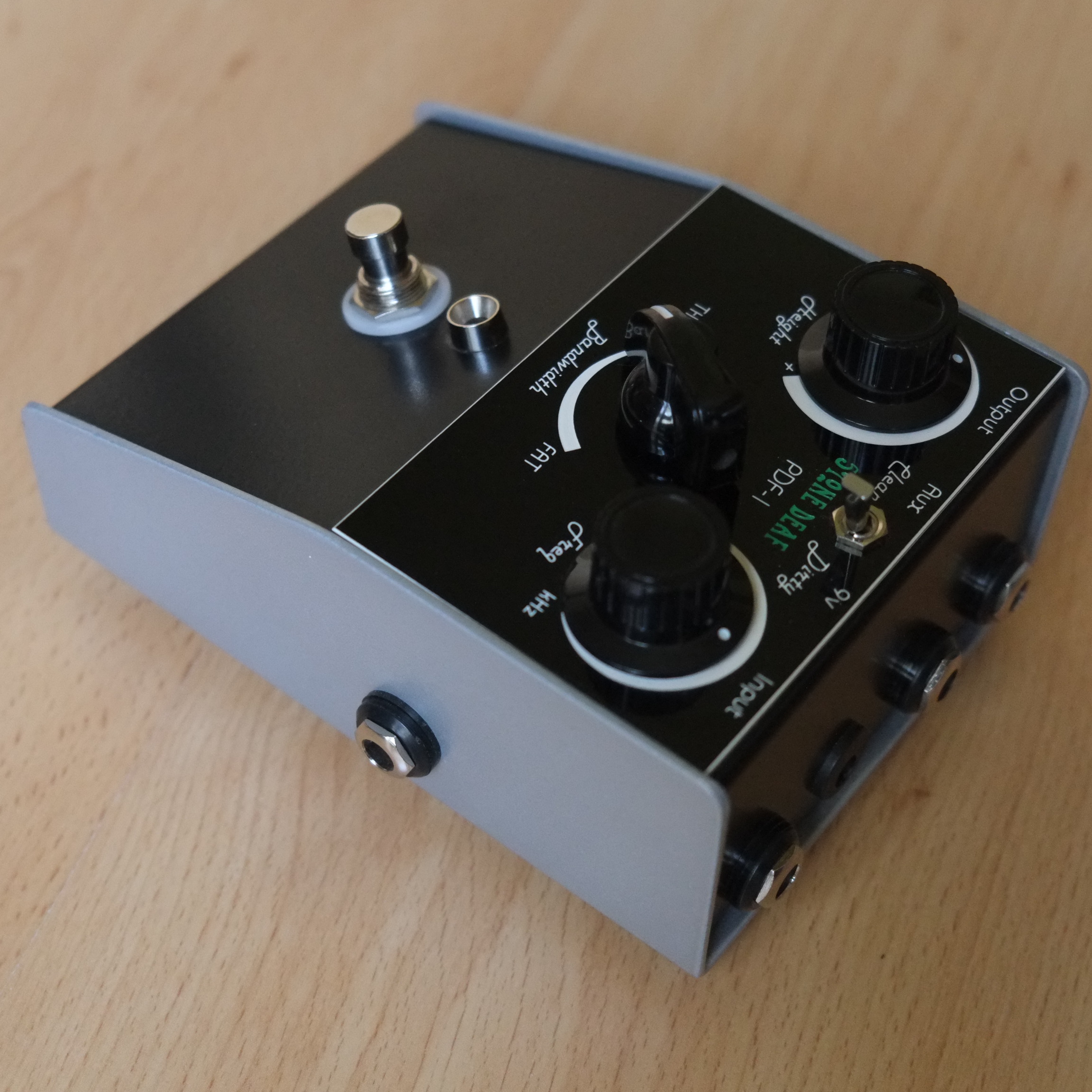

When you photograph a human being with a wide angle lens, you'll notice that some unflattering things will start to happen to that person's face-similar to what you see with the above example of a fisheye lens, but less severe.

You will get distortion with other wide angle lenses, too, and the distortion you get is going to be most obvious when you're shooting subjects with familiar features, such as humans. You don't need to use a fisheye lens to achieve a certain amount of distortion in your photographs. But when you get very close to your subject as in the above example, the distortion can be pretty extreme. In fact if you orient your subject in just the right way, you may not get much distortion at all. When you use a fisheye lens, you get more distortion towards the edges of the frame than you do in the center. It’s called a “fisheye” because we can imagine that fish might see the world in much the same way-as a convex, non-rectilinear bubble shape. This photograph was shot using a fisheye lens, which is an extreme wide angle lens that also famously adds a sort of spherical distortion to images that were shot with it. Here's an extreme example of distortion, the sort of image that you're probably already really familiar with:ġ00: I Need More Sleep by Flickr user joshunter

In photography, distortion is often a function or side effect of your lens. Merriam-Webster defines “distort” as “to cause to be perceived unnaturally.” Distortion can occur both in the way we perceive color and tone as well as the way we perceive shape.


 0 kommentar(er)
0 kommentar(er)
